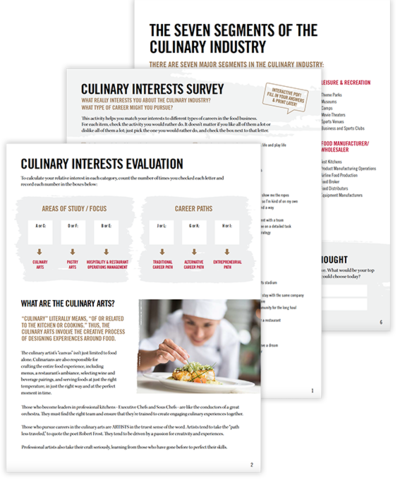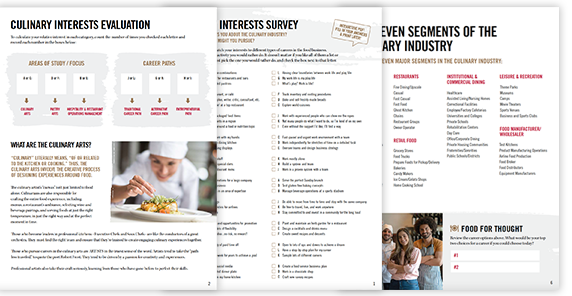Knife Materials And You
If you’re a student learning to cook online and think that all knives are the same, you might be missing out on a great opportunity to make the most out of basic cooking skills – and especially important is the the type of material you choose to use.
According to Recipetips.com, the materials that make up your knife can have a direct effect on how your ingredients will look – known in the restaurant industry as “presentation.” To help out beginner chefs, they listed the most common knife materials in the industry:
High-carbon steel: Tough and very sharp at times, these types of knives can retain their shape very well and sharpen easily. However, they can become discolored with highly acidic fruits like citrus and tomato varieties.
Stainless steel: Completely the opposite of their high-carbon counterparts, stainless steel knives can stand up very well to acid. However, they are much harder to sharpen and cannot be produced with as sharp of an edge as high-carbon steel.
Titanium: Titanium is more flexible than steel, making these type of knives perfect for meat preparation, like boning or filleting





Recent Comments